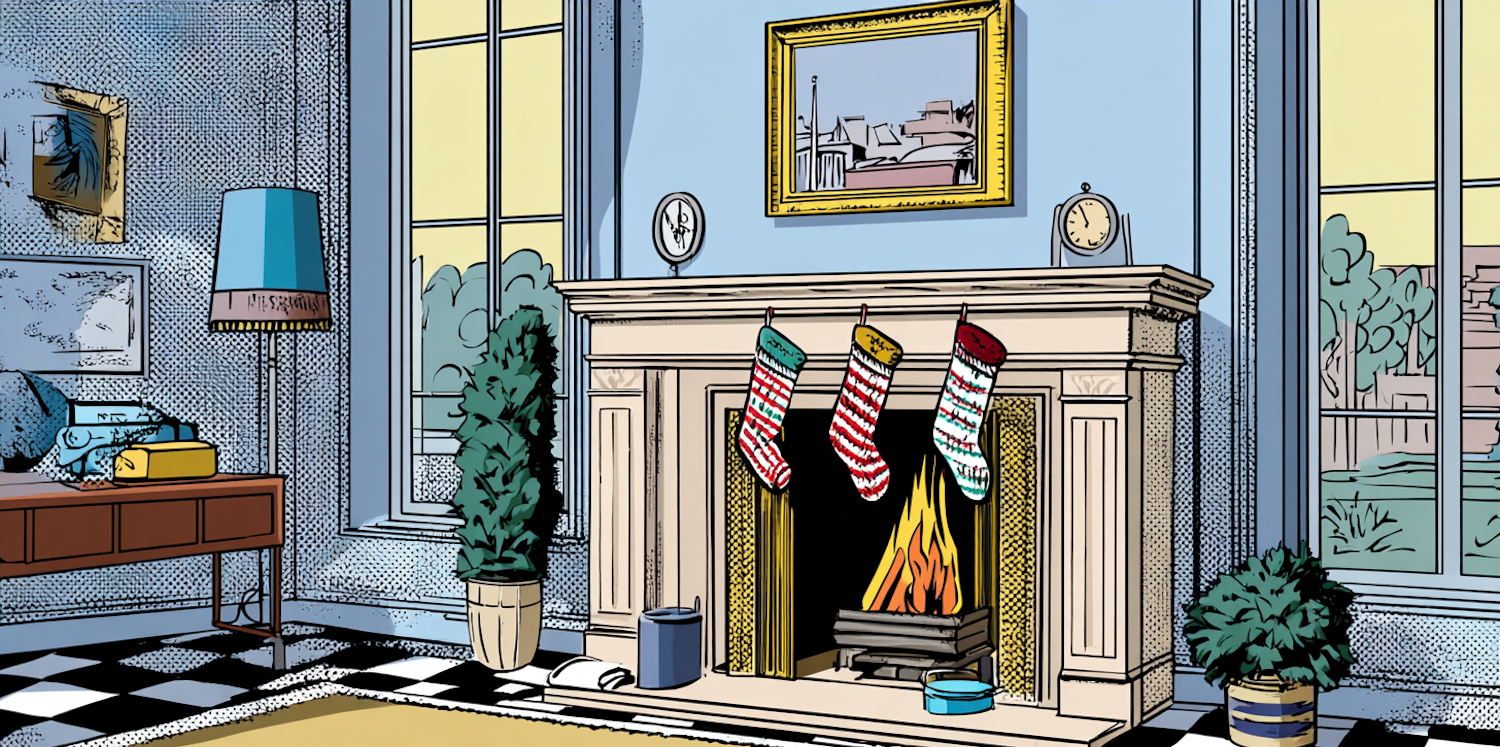Over the last century, plastic products have become more and more commonplace in our lives. The abundance of plastics is particularly noticeable when it comes to our grooming routines. From plastic containers for our shampoos, soaps, and deodorants, plastic toothbrushes, q-tips, and countless more, plastics now occupy a central role. As we search, though, for new ways to live sustainably, we often find ourselves looking back in time for inspiration.
The safety razor, also known as the double-edged safety razor, is a great example of a product that was arguable perfect before plastics were introduced. The last fifty years have brought us advancement after advancement with our razors, from more and more blades, different materials, exciting and strange colors, and much more. But, as we take a closer look at the razor, a mainstay of many grooming routines, we find that the eco-friendly safety razor may have had it right all along.
The History Of The Safety Razor
While shaving had been around centuries, the razor had not evolved much over time - that was at least until the turn of the 20th century. The challenge with shaving had always been keeping the blade’s edge consistently sharp so that the razor could be effective. This involved the user having to provide a fair bit of care for their razor in the form of sharpening and stropping (the process of straightening and polishing the edge of the blade against a flexible leather strap). However, by the 1900s, a gentleman named King Camp Gillette reimagined the safety razor, which was already in existence, but most importantly, created the first disposable razor blade to pair with the safety razor. Gillette’s idea was to create lightweight stamped steel blades that were cheap and could be easily replaced when the blade became dull, thus creating the disposable razor blade and founding the Gillette Safety Razor Company in the process.
It did not take long for this revolutionary idea to gain traction in the market, and by the end of the First World War, even the US Army was issuing Gillette shaving kits to soldiers. The way people around the world shaved had transformed forever, for the better, and the concept of disposable razor blades was here to stay.
From Stainless Steel To Plastic
Once the concept of disposing of a razor blade when it became dull, razor producers began to examine new ways to attract customers. This came in the form of iteration from the original double-edged safety razor and the promise of a close, comfortable shave. Razors and their blades were constructed from stainless steel, but with the coinciding evolution of plastics, brands began to experiment with construction and materials. Soon the multi-blade plastic razor with disposable cartridges had hit the shelves.
The Environmental Impact of Shaving

During the 20th century, as the razor evolved, so did its impact on the environment. The introduction of plastics into its construction drastically changed the environmental impact that disposing of a razor blade had. No longer recyclable, plastic-based disposable razor and razor blade cartridges quickly began to accumulate in landfills. In the United States alone, an estimated 158-million Americans used disposable razors & razor blades in 2020. Statistics published by the EPA in their Environmental Consumer’s Handbook back in 1990 (30 years ago) estimated that more than 2-billion disposable razors & razor blades were ending up in landfills each year.
At this point, you may be asking yourself, how long does it take for a disposable razor to biodegrade? On average, it takes plastics, like those used to make razors, 1,000 years to break down. One can quickly see how, with billions of razors added to landfills each year and upwards of a millennium to break down, using disposable razors is an unsustainable practice.
In the United States alone, an estimated 158-million Americans used disposable razors & razor blades in 2020.
Eco-Friendly Shaving
As consumers search for environmentally friendly alternatives, the good news is the solution already exists - the classic safety razor. The safety razor, yes, like the one your grandfather used to use, is currently having somewhat of a renaissance as consumers realize its benefits. Not only is the safety razor plastic-free making it an eco-friendly product, but the replacement blades are much more affordable than their plastic counterparts. By swapping out the plastic-based cartridge razor for a classically styled safety razor, consumers can help drastically reduce the amount of needless plastic waste that ends up in landfills each year.
Additional Benefits Of The Safety Razor
While reducing the environmental impact of one’s grooming routine is arguably reason enough to shift to using a safety razor, there are many other benefits.
- Reduced Cost: The safety razor may be a more expensive tool to purchase up front, but the blades cost a fraction of what its plastic shrouded counterparts do. With replacement blades costing about 40 cents each, you may find yourself more willing to swap out the blades more frequently and, in doing so, have a better shave.
- Less Irritation: While multiple blades on your razor might sound appealing, they can create more irritation during the shave. As multiple blades are drawn across your skin, the likelihood of irritation can increase. On the other hand, the safety razor incorporates a single stiffer blade, which will reduce irritation from the shave.
- Closer Shave: Due to its design and the sharpness of the blades, the safety razor provides a much closer shave. Once you’ve shaved with a safety razor, you will never want to look back.
- Plastic-Free: It bears repeating again. The safety razor is entirely plastic-free. Their stainless steel construction makes them a great looking piece of grooming equipment and makes them resistant to corrosion.
How To Recycle Used Razor Blades
One of the greatest benefits of the safety razor, besides its plastic-free construction, is that used blades can be recycled. This is an important part of guaranteeing that the zero-waste shaving process is indeed zero-waste. However, it is important to remember that used razor blades, while recyclable, can not simply be tossed into the recycling with other items for curbside pickup. Used safety razor blades should, instead, be collected and recycled wherever your local community recycles scrap metal. Many consumers use what is referred to as a “blade bank”, often a simple jar, to collect the used blades before recycling them appropriately.
Where To Buy Safety Razors
As consumers appreciation has grown for the safety razor, their availability has increased. One can now find safety razors for sale at many barbershops, pharmacies, online, and at eco-friendly zero-waste stores like Lochtree. At Lochtree, we carry both the Leaf and Twig Razors by Leaf Shave. These razors are are arguably some of the best safety razors on the market, and a sustainable product is sold in plastic-free biodegradable packaging. The Leaf Razor is a fresh, sustainable take on the modern razor. It’s made from durable metal, not flimsy plastic. Check them out today.






